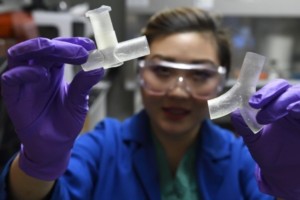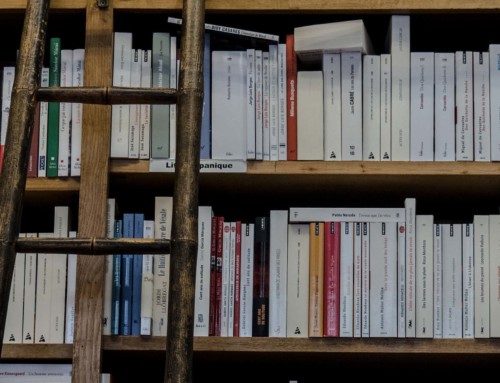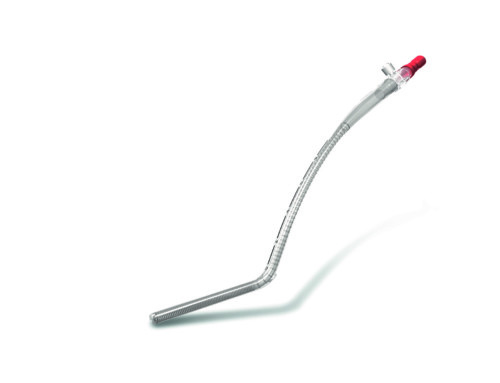
Helen Xun
In response to a pressing need for more ventilators to treat critically ill COVID-19 patients, Sung Hoon Kang (Johns Hopkins Whiting School of Engineering, Baltimore, USA) and colleagues are developing and prototyping a 3D-printed splitter that will allow a single ventilator to treat multiple patients. The team has designed this tool to address concerns about safety and effectiveness of sharing ventilators.
Some medical professionals have spoken out against sharing ventilators for several reasons. First, hooking up several patients to the same ventilator could spread germs and create a chance for cross-contamination. Another concern is that a ventilator shared by multiple people would not give all of them the necessary level of oxygen, which could lead to poor patient outcomes and high mortality rates.
Julie Caffrey, a member of the project team at John Hopkins, says: “Using the same ventilator settings for acute respiratory distress syndrome (ARDS) patients with different lung compliances could be very unsafe. One patient might receive too much air; the other might not receive enough. With ARDS, ventilator strategies for improving survival are often to administer low tidal volume and higher pressure. If you cannot manage that, you risk causing further trauma to lungs that are already very crippled. It is very important that when we split a ventilator, we can still set the ventilator to that specific patient.”
According to Sung Hoon Kang, the team’s new design will meet these needs. The new design includes an air-flow controller and flow meters, allowing clinicians to monitor and adjust air flow for each patient. The air volume controller is a key addition because each intubated patient requires different flow control. The team is also adding a filter designed to prevent cross-contamination between patients—important because early reports suggest that those exposed to multiple infected people experience worse outcomes. The splitter also must be easy to deploy, given the urgency of the need.
He comments: “There is an emphasis right now on using engineering to develop open-source solutions to many aspects of the COVID-19 crisis, but especially for ventilator design and production. One approach is to use one ventilator to treat multiple patients. While this is feasible, it must be safe for all the patients. That means ensuring that each patient gets the care they need, without short-changing anyone. This is what we set out to create.”
Christopher Shallal, another member of the team, states: “We need a robust design, but one that can be produced with a relatively simple manufacturing process like 3D printing. We are also considering the different conditions and settings where people may be printing the ventilator splitters. For instance, they may not have a high-resolution printer available. So, we are keeping scalability in mind as we design.”
The team has produced the prototype, and hopes to finalise and start testing their design on model lungs within weeks. Once approved by the FDA, they plan to publish their open-source design for others to use.
Team member Helen Xun comments: “The goal here is to quickly get this technology to hospitals around the world—and right to the people who need it the most.”




